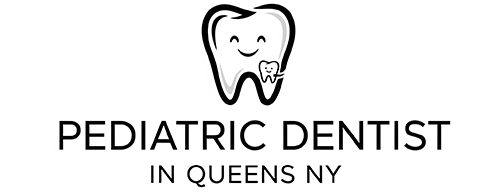Dental bonding is a common dental procedure known for its ease and effectiveness. But when it comes to insurance coverage, many patients find themselves navigating a maze of policies and terms.
This article delves into the intricate relationship between dental bonding and insurance coverage, providing readers with a thorough understanding of what to expect and how to navigate these waters.

1. What is Dental Bonding? – Understanding the Basics
Dental bonding involves the application of a tooth-colored resin material using adhesives and a high-intensity curing light.
It’s primarily used for cosmetic purposes like fixing chipped or discolored teeth, but it can also serve restorative functions.
2. Typical Costs of Dental Bonding – A Look at Price Ranges
The cost of dental bonding varies, typically ranging from $300 to $600 per tooth. Factors influencing the price include the dentist’s expertise, location, and the complexity of the procedure.
3. Insurance Coverage for Dental Bonding – General Policies and Exceptions
Insurance policies for dental bonding are not straightforward. Generally, if the procedure is deemed medically necessary, it is more likely to be covered.
However, if it’s purely for cosmetic purposes, insurance might not cover it.
4. Factors Affecting Insurance Coverage – What Determines Your Eligibility?
Eligibility for coverage depends on factors like the reason for the procedure (cosmetic vs. restorative), the specifics of your insurance plan, and whether the procedure is seen as ‘medically necessary.’

5. How to Check if Your Insurance Covers Dental Bonding – Practical Steps to Take
To determine coverage, start by thoroughly reading your insurance policy. Then, contact your insurance provider for clarification.
It’s also beneficial to discuss this with your dentist, who can provide an estimate and treatment code to inquire about with your insurance company.
6. Dental Bonding: Cosmetic vs. Restorative – How Purpose Affects Coverage
Insurance companies typically differentiate between cosmetic and restorative procedures.
Restorative procedures (like fixing a broken tooth) are more likely to be covered compared to cosmetic ones (like improving the appearance of teeth).
7. Alternatives to Dental Bonding – What if It’s Not Covered?
If dental bonding isn’t covered, alternatives like dental crowns or veneers might be an option, though these can be more expensive.
Some patients opt for payment plans or seek services at dental schools for reduced rates.
8. Negotiating with Your Insurance Provider – Tips for Advocating for Coverage
When negotiating with insurance providers, it’s crucial to be well-informed. Gather all necessary documentation and be prepared to explain why the procedure is medically necessary.
9. Additional Financial Assistance Options – Beyond Traditional Insurance
For those without coverage, options like healthcare credit cards, dental discount plans, or government programs can provide financial relief.
10. Future of Insurance and Dental Bonding – Trends and Predictions
The landscape of dental insurance is constantly evolving. With increasing recognition of the importance of oral health, there’s hope that more comprehensive coverage for procedures like dental bonding will become standard.
Conclusion
Understanding insurance coverage for dental bonding can be complex, but it’s crucial for making informed decisions about your dental health.
Whether for cosmetic or restorative purposes, knowing your coverage, alternatives, and negotiation strategies can significantly impact your dental care experience.

Dr. Mary G. Trice is a renowned pedodontist based in Queens, NY. With an unwavering dedication to children’s dental health. In addition to her clinical practice, Dr. Trice is the writer and manager behind the informative platform pediatricdentistinqueensny.com. Through this site, she offers valuable insights, tips, and resources for parents and guardians, aiming to bridge the gap between professional dental care and everyday oral hygiene practices at home.
